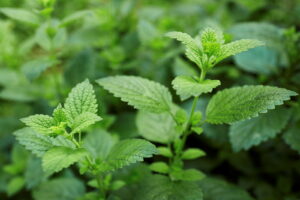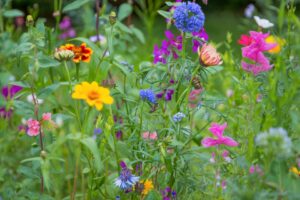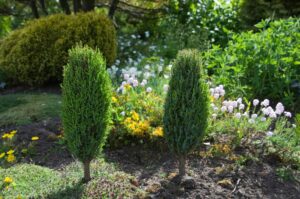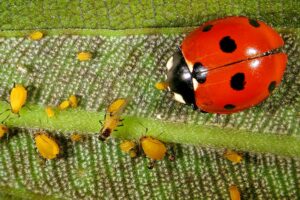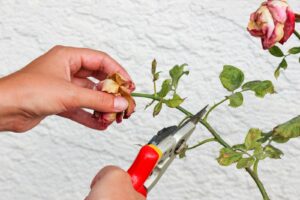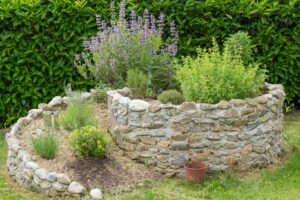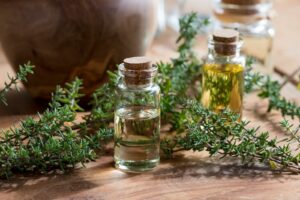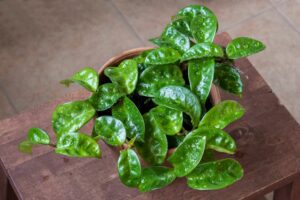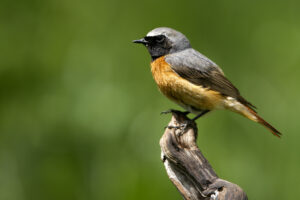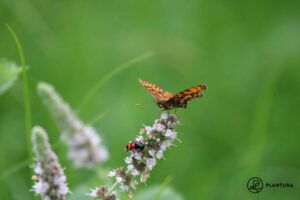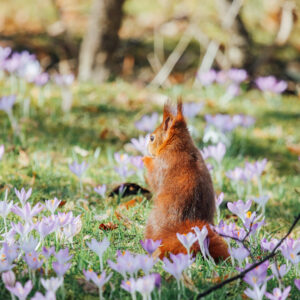Star jasmine: planting, winter hardiness & care
Star jasmine is a beautiful evergreen that can be grown in a pot or as a climbing jasmine plant or bonsai. It also infuses your summer evenings with the rich scent of jasmine and vanilla.

Star jasmine (Trachelospermum) brightens summer gardens with a beautiful sea of flowers and a beguiling fragrance. This evergreen is a welcome decoration in winter and brings a touch of Mediterranean flair directly into your garden. Read on to find out all about star jasmine, as well as how to plant, propagate and prune it.
Contents
Star jasmine: origin and characteristics
Star jasmine (Trachelospermum) is native to tropical and subtropical regions of Asia. In Europe, this evergreen climbing jasmine shrub grows particularly well in the Mediterranean region as well as in wine-growing areas. However, it is often cultivated as a container plant in Europe.
It is easy to confuse star jasmine with true jasmine (Jasminum officinale). While the two have quite similar characteristics, true jasmine is not an evergreen. And despite their similarities, they do not even belong to the same plant family. Star jasmine belongs to the dogbane family (Apocynaceae), whereas true jasmine is a member of the olive family (Oleaceae).
Slow-growing star jasmines are liana-like, woody climbing plants. They can grow up to 4m high and, depending on the species and variety, form white, pink or light-yellow star-shaped flowers. They have a characteristic jasmine-like, slightly sweet scent while in bloom, which they emit especially during the evening hours. Star jasmine flowers from April to August, but with good care they can bloom until September. The oval, green leaves grow along the side shoots all year round and, like the shoots, contain a poisonous, white, milky sap.
Our favourite star jasmine species and varieties
All species of star jasmine are similar, the main difference being the flower colour. Here are four classic star jasmine species and varieties:
- Trachelospermum jasminoides: white star jasmine is beautifully fragrant, classic star jasmine species.

- Trachelospermum jasminoides ˈStar Of Toscaneˈ: Tuscan star jasmines have numerous bright yellow flowers which exude the typical jasmine fragrance.
- Trachelospermum asiaticum: yellow star jasmine is not as well-known as white star jasmine, but tolerates cold better and blooms cream to yellow.

- Trachelospermum asiaticum ˈPink Airˈ: with its unusual flower colour that contrasts beautifully with the evergreen leaves, pink star jasmine is truly a showpiece.
Planting star jasmine
Star jasmine can be grown as a climbing plant, groundcover, or as a bonsai with the help of climbing aids. In some areas of Europe, climbing jasmine is almost always kept as a container plant, as it is only hardy to an extent. It can only tolerate temperatures of -15 °C for short periods of time. When planting star jasmine, use a high quality potting soil such as our Plantura Organic Flower Compost. Our soil comes pre-fertilised and provides star jasmine plants with optimal nutrients for vigorous growth. Our organic soil is also peat-free, so emits up to 60% less CO2 during production. Ensure the soil is permeable to avoid waterlogging. For better drainage, mix in about a third of expanded clay.
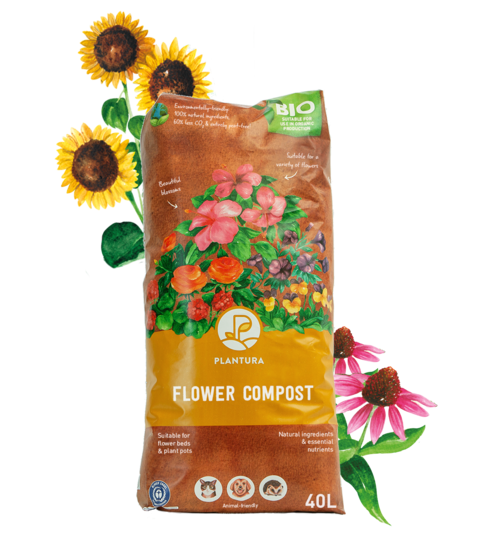
- Perfect for all flowering plants in garden beds & pots
- For beautiful blossoms & healthy plant growth
- Peat-free & organic soil: CO2-saving composition
Star jasmine needs partial shade or a sunny location. In winter, we advise covering it to avoid frost damage. Its foliage is also susceptible to getting “sunburnt” in full sun, so a partially shaded location is preferable. Offer your star jasmine plants a trellis or a climbing aid to climb up.
Keep reading to find out how to overwinter star jasmine later in this article.
Tip: if you place your star jasmine near seating areas or a patio, its beautifully rich, vanilla-like scent will perfume your summer evenings.

Star jasmine care
Star jasmine requires a moist, but not wet environment. Mulching will help keep the soil moist by preventing the water from evaporating so quickly. Fertilising star jasmine every two weeks between the months of April and November will help ensure a beautiful, long-lasting bloom. In the event of a nutrient deficiency, star jasmine plants may stop flowering or growing as much. To prevent this, regularly feed your plants with a liquid fertiliser such as our Plantura Liquid Flower Food. Our liquid fertiliser is easy to apply while watering your plants and is adapted to meet the nutrient requirements of flowering plants. It also contains potassium which helps make your plants more resistant to pathogens and increases frost hardiness.

- Perfect for all flowers & balcony plants
- Liquid fertiliser for a lush blossom throughout the season
- Quick & easy application - child & pet friendly
If you are planning on growing star jasmine in a pot for a long time, we also recommend using a granular fertiliser such as our Plantura Flower Food at the beginning of the year to prevent a phosphorus deficiency. Stop feeding altogether in winter.
If you want to cut back your star jasmine, do so before the onset of winter. Always wear gloves when pruning star jasmine, as its milky sap is toxic and can irritate the skin. That said, pruning is not necessary, and it is far better to simply attach your star jasmine to a trellis to shape it.
Repot potted star jasmine plants into a slightly larger pot every two years.

- Perfect for flowering plants in the garden & on the balcony
- For healthier plants with beautiful & long-lasting blossoms
- Long-lasting fertiliser that is free from animal products - child & pet friendly
Brown leaves on star jasmine: what to do? Star jasmine leaves often turn brown after being exposed to frost. Some leaves will die off as a result of the plant being kept at low temperatures. The recovery time may vary depending on how low the temperatures were and how long the plant was exposed to these temperatures. To help the plant recover, remove any brown leaves. Other possible reasons for the leaves turning brown include sunburn from too much direct sunlight or waterlogging. Sunburn is usually caused by a combination of sun and cold, so occurs mainly in early autumn.
Is star jasmine winter hardy?
Star jasmine is only hardy to an extent. If possible, keep your star jasmine plant in a bright, frost-free place over winter, such as a conservatory or shed that stays between at 3 to 18°C. If left in the garden, the winter sun will draw moisture from star jasmine leaves even on cold or frosty days. Keep the soil moist to prevent the plant from drying out. If necessary, water in frost-free weather periods when natural precipitation is not enough.
Protect your star jasmine plants from the power of the sun and evaporation by giving it some shade. One way of doing this is by hanging spruce branches between the shoots. Whatever you use, check to make sure it is permeable to air and some light:
- Protect the root zone with foliage and fir branches
- Shade the entire climbing jasmine plant, but do not suffocate it
- Give little water on frost-free days
Tip: at the end of the winter, slowly reacclimatise your star jasmine to the sun to reduce the risk of sunburn.
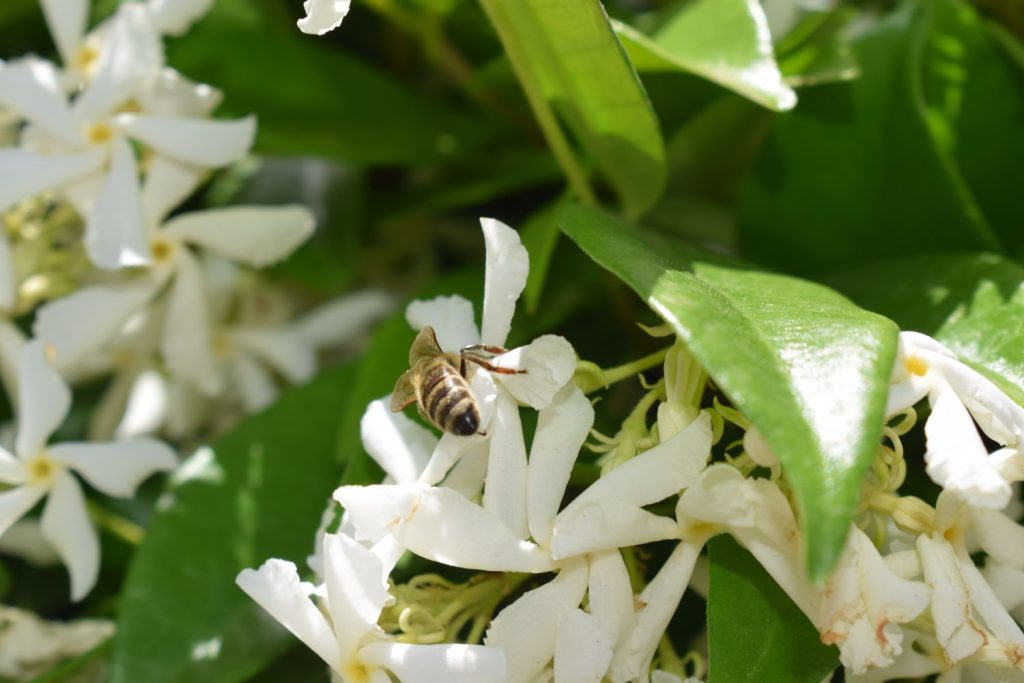
Propagating star jasmine
You can propagate star jasmine by sowing or by cuttings. That said, it is not very easy to get hold of star jasmine seeds, so propagate star jasmine by cuttings if possible. Do this as follows:
- Cut off 10cm long, green or semi-ripe shoots from the main shoots in summer or autumn after flowering
- Place them in potting soil
- Ensure suitable temperatures of 15 – 20 °C
- To promote growth, cover the pot with a transparent cover to increase the humidity
- Water the cuttings sparingly and let the soil dry out from time to time
- In the spring, repot rooted plants
Tip: propagation via air layering is also possible in spring.
Is star jasmine poisonous?
Star jasmine, like many other dogbane plants, is very poisonous. The milky sap it secretes can be irritating to some people, causing swelling, redness and rashes. The rest of the plant is also very toxic to humans and animals. If ingested, consult a doctor immediately. Star jasmine is especially dangerous for children, since the smell can tempt them into tasting it.
You can enjoy jasmine flowers all year around. Find out all about winter jasmine and how to care for this early bloomer in the linked article.


